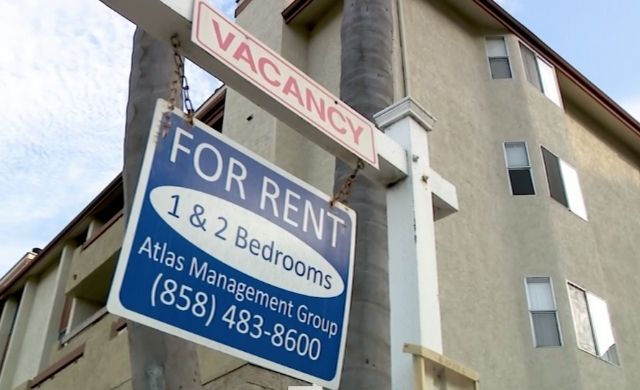Everyone is feeling the squeeze of our current housing crisis, but there’s one group of individuals who are particularly effected: families with young children, like mine.
As former warehouse districts become playgrounds for college grads rather than toddlers and yesterday's streetcar suburbs become today's targets for institutional investors' portfolios, families searching for an affordable, three-bedroom apartment accessible to public transit have found them nearly impossible to find.
Even so, countless families are still choosing one-car and car-free lifestyles, and they're looking for housing to match. But good luck finding any.
Of course, there are structural reasons why this type of residence is so hard to find. Developers typically receive less money for square footage when building three-bedroom units. But there’s more to it than that. Increasingly, we've noticed in our own area that families with young children are being erased from the marketing of new urban residential developments, which offer amenities like dog parks, pet washing stations and even "listening rooms" for music lovers rather than playgrounds or kid-friendly pools.
My wife and I share a two-bedroom apartment with our 1.5 year old daughter. Since she was six months old, we’ve raised her in the Montessori method, with a bed on the floor, toddler-height shelving, and the freedom to explore her room safely. Her bedroom is her safe space, something we consider heavily as we weigh the potential of a new addition to our family in the future to whom we'd like to provide a safe space of their own.
Whether we can afford it, though, is another question. Our current apartment complex is located right on a bus line, and we pay just under $1,300 a month. According to Apartments.com, that's slightly under market rate for our city of Richmond, Va. — while the average rate we can expect to pay for for a three-bedroom apartment if we move is $1,862 a month.
My choice to live car-free has certainly offset those housing costs. I take the bus to and from work daily, which is currently free in Richmond until June 2025. But currently, my local bus agency requests that riders remove their children from the stroller due to lack of space, which makes for limited father-daughter outings without asking to borrow my wife’s car. Living in a denser, walkable neighborhood with frequent access to a wider variety of transit options might allow my wife to embrace car-free living, too — and it's inspiring quite an aggressive hunt for a three-bedroom rental in a more accessible neighborhood.
And I know we're not alone. I share this sentiment with families taking in aging parents for care, families who chose multigenerational living for their children, and families who rely on remote or hybrid work. Most of us aren’t looking for a big backyard; we’d happily sacrifice that for the ability to simply walk or roll to a public park.
Luckily, there are lots of ways urban planners and city leaders could spark growth in three-bedroom apartment market through public and private sector collaboration.

For starters, at the absolute minimum, cities should enact zoning reforms to make three-bedroom apartments legal to build in walkable, transit-oriented areas. But beyond that, developers could be incentivized to build three-bedroom apartments, much like how historic tax credits have worked to preserve historical buildings by providing developers with a 20 percent income tax credit to rehab them. Developers could also be motivated through tax abatements, which currently incentivize a certain amount of affordable units within a residential project. Finally, local decision makers could ask developers to prioritize three-bedroom layouts when negotiating special use permits — a phase at when builders are particularly open to negotiation, especially if three bedrooms aren't allowed by right.
The disappearance of three bedrooms in walkable neighborhoods is a frightening trend. With good conversation and advocacy, though, I believe we can turn this around while land use and public transportation are still hot topics — and for families like mine, that change can't happen soon enough.
Barry Greene Jr. is an urbanist hailing from one of America’s oldest cities: Richmond, VA. He shares his love for minimalism, exploration and city planning on his Substack, Density Dad.






